Topstoxin
₦10,000.00
10 people are viewing this product right now
🔥 7 items sold in last 3 hours
Topstoxin is a potent pesticide used primarily in agricultural settings to control various pests, including insects and rodents. It belongs to the class of chemical compounds known as organophosphates, which are characterized by their ability to disrupt the nervous system of pests, ultimately leading to their elimination. it is applied in various forms such as sprays, baits, or granules, depending on the target pest and the desired method of application. It is known for its effectiveness in quickly reducing pest populations and is often used in integrated pest management strategies to minimize environmental impact. However, like other organophosphate pesticides, it poses potential risks to non-target organisms and requires careful handling and application to ensure safety for both humans and the environment.
Buy more save more!
Buy from 5 to ∞ items and get 5% OFF
on each productTopstoxin
Topstoxin is a highly effective fumigant and pest control solution widely used across agricultural, industrial, and residential settings. It is specially formulated to combat various types of stored grain pests, ensuring the safety and preservation of food products. With its potent active ingredients and versatile application, Topstoxin has become a trusted choice among farmers, warehouse managers, and pest control professionals. Below is a detailed exploration of its features, uses, and benefits.
Active Ingredients and Mode of Action
Topstoxin typically contains aluminum phosphide as its active ingredient. Aluminum phosphide is a solid fumigant that releases phosphine gas when exposed to moisture in the air. Phosphine gas is highly toxic to insects, rodents, and other pests, effectively disrupting their cellular respiration and leading to their extermination. This gas penetrates deep into storage areas, ensuring that even pests hidden in crevices or within grain piles are targeted.
Primary Uses
Topstoxin is primarily used for:
- Grain Storage Protection: it is highly effective in safeguarding stored grains such as maize, rice, wheat, barley, and sorghum from pest infestations. By fumigating storage facilities, it helps maintain the quality and nutritional value of grains over extended periods.
- Pest Control in Warehouses:it is ideal for eliminating pests in storage facilities that house food products, seeds, or agricultural commodities. It protects against weevils, beetles, moths, and other common pests.
- Rodent Control: The phosphine gas released by Topstoxin also targets rodents, making it a dual-action solution for pest management.
- Industrial Applications: In non-agricultural settings, it is used to fumigate industrial equipment, silos, and shipping containers to eradicate pests that could compromise stored goods.
Key Benefits of Topstoxin
- High Efficacy: it is renowned for its ability to eradicate pests at all stages of their lifecycle, including eggs, larvae, pupae, and adults. This ensures complete pest control and reduces the likelihood of reinfestation.
- Cost-Effective Solution: Compared to other pest control methods, it offers a cost-effective solution, particularly for large-scale storage facilities.
- Versatile Application: it can be used across a variety of settings, from small-scale storage units to large silos and warehouses, making it adaptable to different user needs.
- Deep Penetration: The gaseous nature of phosphine ensures thorough penetration into hard-to-reach areas, providing comprehensive pest control.
- Minimal Residue: When used according to guidelines, it leaves minimal residue on treated grains, ensuring the safety and edibility of food products.
Safety Precautions
While this is highly effective, its use requires strict adherence to safety guidelines due to its toxicity:
- Professional Handling: It is recommended that only trained professionals handle Topstoxin to ensure its safe and effective application.
- Proper Ventilation: The fumigated area should be adequately ventilated after treatment to ensure the dissipation of phosphine gas before humans or animals enter.
- Protective Equipment: Users should wear protective gear, including gloves, goggles, and respirators, to avoid exposure to the gas.
- Storage Guidelines: Store Topstoxin in a cool, dry place away from water, as moisture triggers the release of phosphine gas. It should also be kept out of reach of children and unauthorized personnel.
- Follow Dosage Instructions: Overuse can lead to excessive gas concentration, posing risks to health and the environment. Always follow the recommended dosage instructions provided by the manufacturer.
Environmental Impact
it should be used responsibly to minimize environmental impact. Proper disposal of residues and adherence to local regulations on fumigant use are essential. While it breaks down quickly, excessive use can harm non-target organisms and contaminate water sources.
Regulatory Compliance
Users of Topstoxin must ensure compliance with local and international regulations governing the use of fumigants. Licensing and permits may be required for large-scale applications. It is also important to follow any food safety standards related to the treatment of grains and other food products.
Only logged in customers who have purchased this product may leave a review.
Related products
₦40,000.00
![MAGNESSIUM SULPHATE 25KG 2 <div class="w-full text-token-text-primary sm:AIPRM__conversation__response" data-testid="conversation-turn-3"> <div class="px-4 py-2 justify-center text-base md:gap-6 m-auto"> <div class="flex flex-1 text-base mx-auto gap-3 md:px-5 lg:px-1 xl:px-5 md:max-w-3xl lg:max-w-[40rem] xl:max-w-[48rem] group final-completion"> <div class="relative flex w-full flex-col lg:w-[calc(100%-115px)] agent-turn"> <div class="flex-col gap-1 md:gap-3"> <div class="flex flex-grow flex-col max-w-full"> <div class="min-h-[20px] text-message flex flex-col items-start gap-3 whitespace-pre-wrap break-words [.text-message+&]:mt-5 overflow-x-auto" data-message-author-role="assistant" data-message-id="f83d2e8e-cbb3-4bb0-b972-d0e17d2d3c42"> <div class="markdown prose w-full break-words dark:prose-invert light AIPRM__conversation__response"> Topstoxin is a potent pesticide used primarily in agricultural settings to control various pests, including insects and rodents. It belongs to the class of chemical compounds known as organophosphates, which are characterized by their ability to disrupt the nervous system of pests, ultimately leading to their elimination. it is applied in various forms such as sprays, baits, or granules, depending on the target pest and the desired method of application. It is known for its effectiveness in quickly reducing pest populations and is often used in integrated pest management strategies to minimize environmental impact. However, like other organophosphate pesticides, it poses potential risks to non-target organisms and requires careful handling and application to ensure safety for both humans and the environment. </div> </div> </div> <div class="mt-1 flex justify-start gap-3 empty:hidden"> <div class="text-gray-400 flex self-end lg:self-center justify-center lg:justify-start mt-0 -ml-1 visible"> <div class="flex items-center gap-1.5 text-xs"></div> <div class="flex"></div> </div> </div> </div> </div> </div> </div> </div> <div class="mx-auto"> <div data-projection-id="43"> <div class="mx-auto mt-2 inline-flex rounded-xl border border-gray-100 dark:border-gray-700"></div> </div> </div> MAGNESSIUM SULPHATE 25KG MAGNESSIUM SULPHATE 25KG](https://farmpays.com/wp-content/uploads/2024/02/MAGNESSIUM-SULPHATE-25KG-100x100.jpg)
![Delsate 3 <div class="w-full text-token-text-primary sm:AIPRM__conversation__response" data-testid="conversation-turn-3"> <div class="px-4 py-2 justify-center text-base md:gap-6 m-auto"> <div class="flex flex-1 text-base mx-auto gap-3 md:px-5 lg:px-1 xl:px-5 md:max-w-3xl lg:max-w-[40rem] xl:max-w-[48rem] group final-completion"> <div class="relative flex w-full flex-col lg:w-[calc(100%-115px)] agent-turn"> <div class="flex-col gap-1 md:gap-3"> <div class="flex flex-grow flex-col max-w-full"> <div class="min-h-[20px] text-message flex flex-col items-start gap-3 whitespace-pre-wrap break-words [.text-message+&]:mt-5 overflow-x-auto" data-message-author-role="assistant" data-message-id="f83d2e8e-cbb3-4bb0-b972-d0e17d2d3c42"> <div class="markdown prose w-full break-words dark:prose-invert light AIPRM__conversation__response"> Topstoxin is a potent pesticide used primarily in agricultural settings to control various pests, including insects and rodents. It belongs to the class of chemical compounds known as organophosphates, which are characterized by their ability to disrupt the nervous system of pests, ultimately leading to their elimination. it is applied in various forms such as sprays, baits, or granules, depending on the target pest and the desired method of application. It is known for its effectiveness in quickly reducing pest populations and is often used in integrated pest management strategies to minimize environmental impact. However, like other organophosphate pesticides, it poses potential risks to non-target organisms and requires careful handling and application to ensure safety for both humans and the environment. </div> </div> </div> <div class="mt-1 flex justify-start gap-3 empty:hidden"> <div class="text-gray-400 flex self-end lg:self-center justify-center lg:justify-start mt-0 -ml-1 visible"> <div class="flex items-center gap-1.5 text-xs"></div> <div class="flex"></div> </div> </div> </div> </div> </div> </div> </div> <div class="mx-auto"> <div data-projection-id="43"> <div class="mx-auto mt-2 inline-flex rounded-xl border border-gray-100 dark:border-gray-700"></div> </div> </div> Delsate Delsate](https://farmpays.com/wp-content/uploads/2024/02/tinywow_Delsate_70303579-100x100.jpg)
₦7,900.00

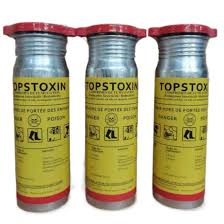
![Topstoxin 1 <div class="w-full text-token-text-primary sm:AIPRM__conversation__response" data-testid="conversation-turn-3"> <div class="px-4 py-2 justify-center text-base md:gap-6 m-auto"> <div class="flex flex-1 text-base mx-auto gap-3 md:px-5 lg:px-1 xl:px-5 md:max-w-3xl lg:max-w-[40rem] xl:max-w-[48rem] group final-completion"> <div class="relative flex w-full flex-col lg:w-[calc(100%-115px)] agent-turn"> <div class="flex-col gap-1 md:gap-3"> <div class="flex flex-grow flex-col max-w-full"> <div class="min-h-[20px] text-message flex flex-col items-start gap-3 whitespace-pre-wrap break-words [.text-message+&]:mt-5 overflow-x-auto" data-message-author-role="assistant" data-message-id="f83d2e8e-cbb3-4bb0-b972-d0e17d2d3c42"> <div class="markdown prose w-full break-words dark:prose-invert light AIPRM__conversation__response"> Topstoxin is a potent pesticide used primarily in agricultural settings to control various pests, including insects and rodents. It belongs to the class of chemical compounds known as organophosphates, which are characterized by their ability to disrupt the nervous system of pests, ultimately leading to their elimination. it is applied in various forms such as sprays, baits, or granules, depending on the target pest and the desired method of application. It is known for its effectiveness in quickly reducing pest populations and is often used in integrated pest management strategies to minimize environmental impact. However, like other organophosphate pesticides, it poses potential risks to non-target organisms and requires careful handling and application to ensure safety for both humans and the environment. </div> </div> </div> <div class="mt-1 flex justify-start gap-3 empty:hidden"> <div class="text-gray-400 flex self-end lg:self-center justify-center lg:justify-start mt-0 -ml-1 visible"> <div class="flex items-center gap-1.5 text-xs"></div> <div class="flex"></div> </div> </div> </div> </div> </div> </div> </div> <div class="mx-auto"> <div data-projection-id="43"> <div class="mx-auto mt-2 inline-flex rounded-xl border border-gray-100 dark:border-gray-700"></div> </div> </div> Topstoxin Topstoxin](https://farmpays.com/wp-content/uploads/2024/02/top.jpg)
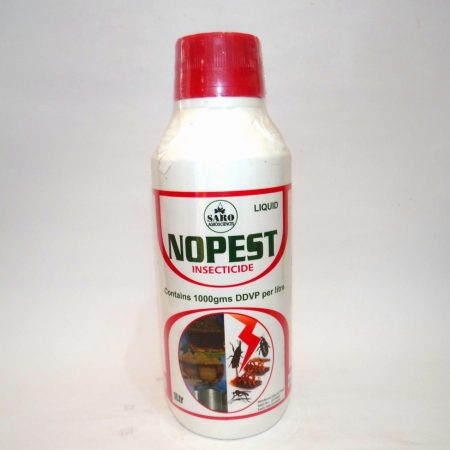
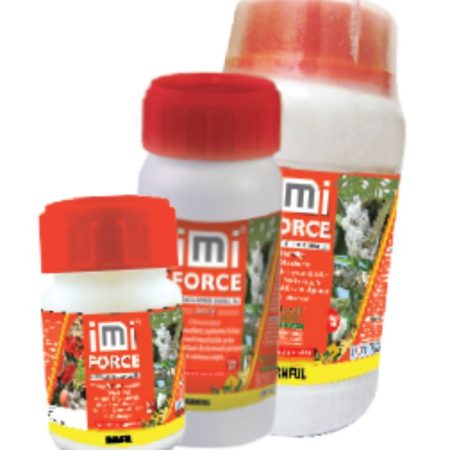
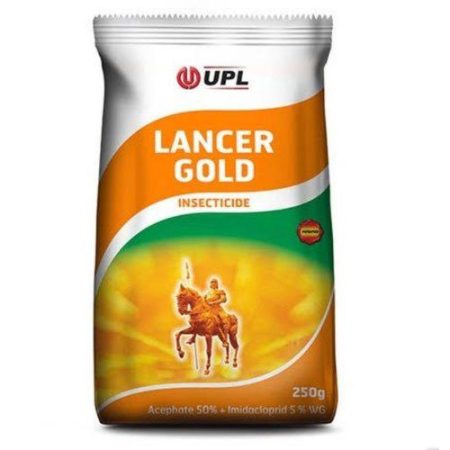
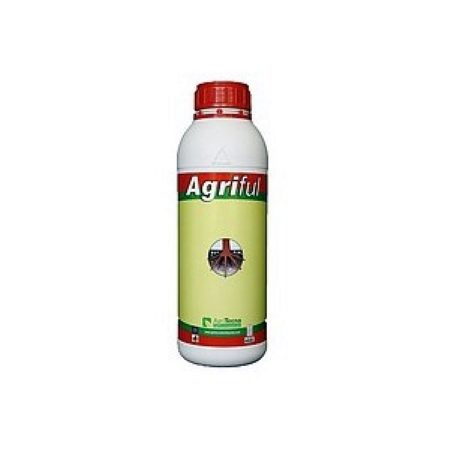
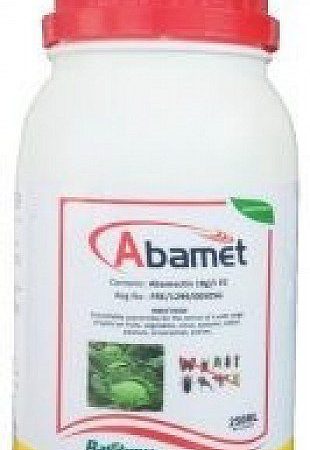
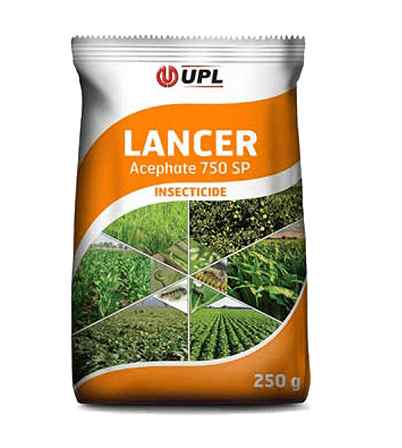
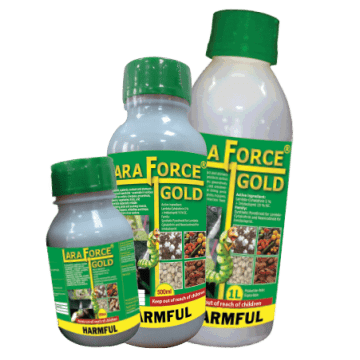
Reviews
There are no reviews yet.